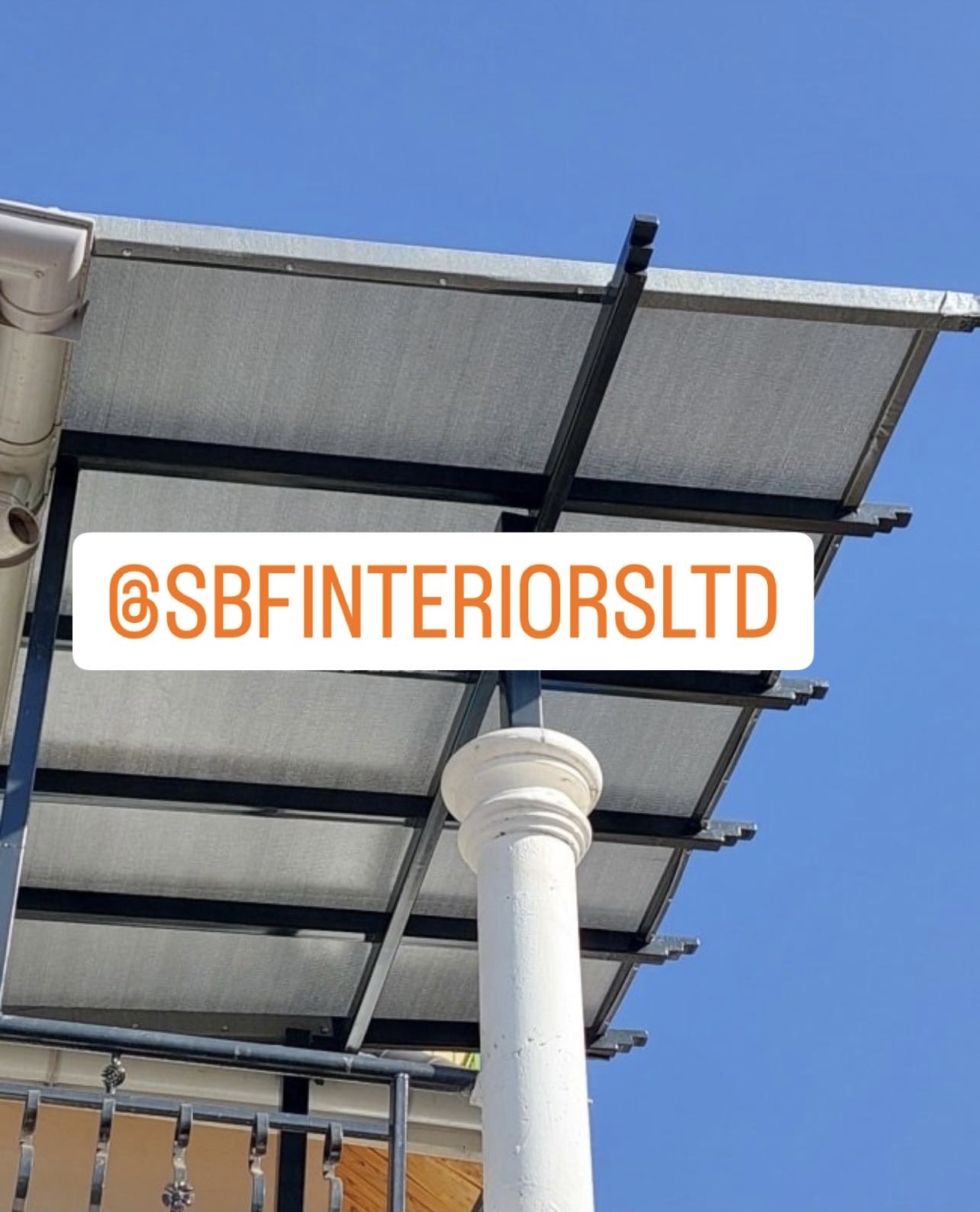sbf
Pergolas-Verandah Covers-Patio Covers-Balcony Covers-Garden Shades-Backyard Shades-Terrace Shades-Rooftop Shades-Pool Area Shades-Outdoor Shades-Shade net Canopy

© 2023 Sbf Interiors. All Rights Reserved.
Development by Starling Technologies
